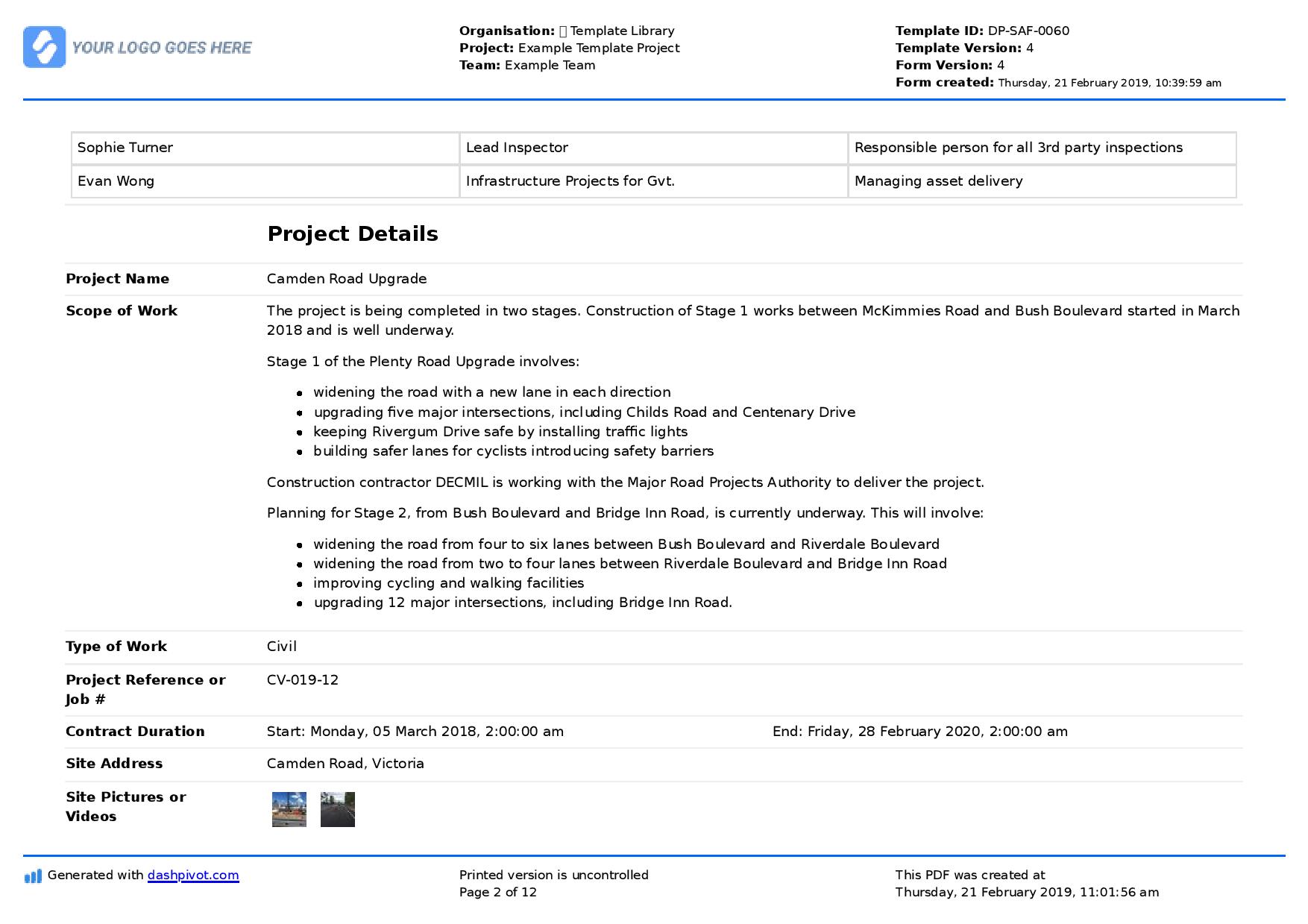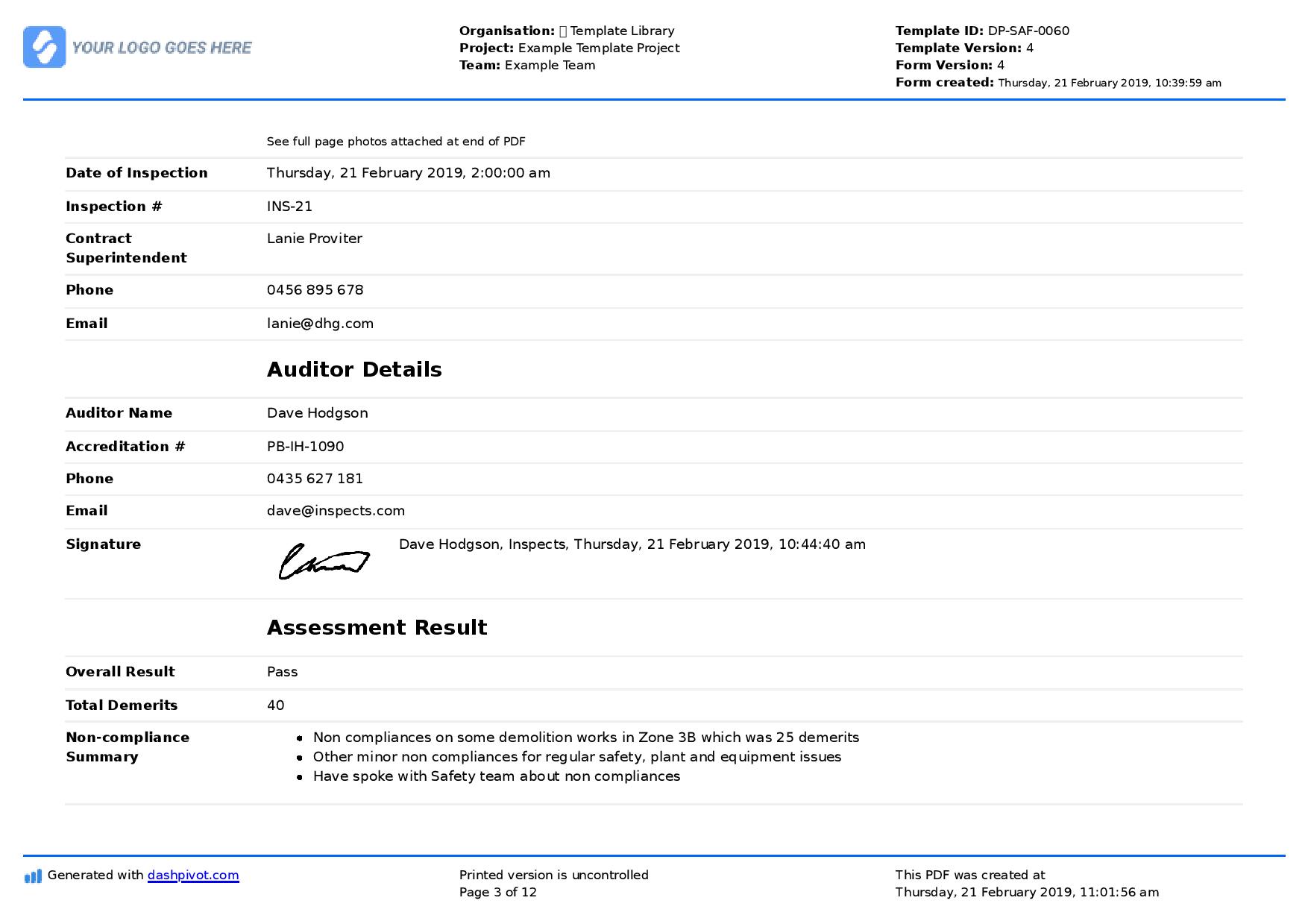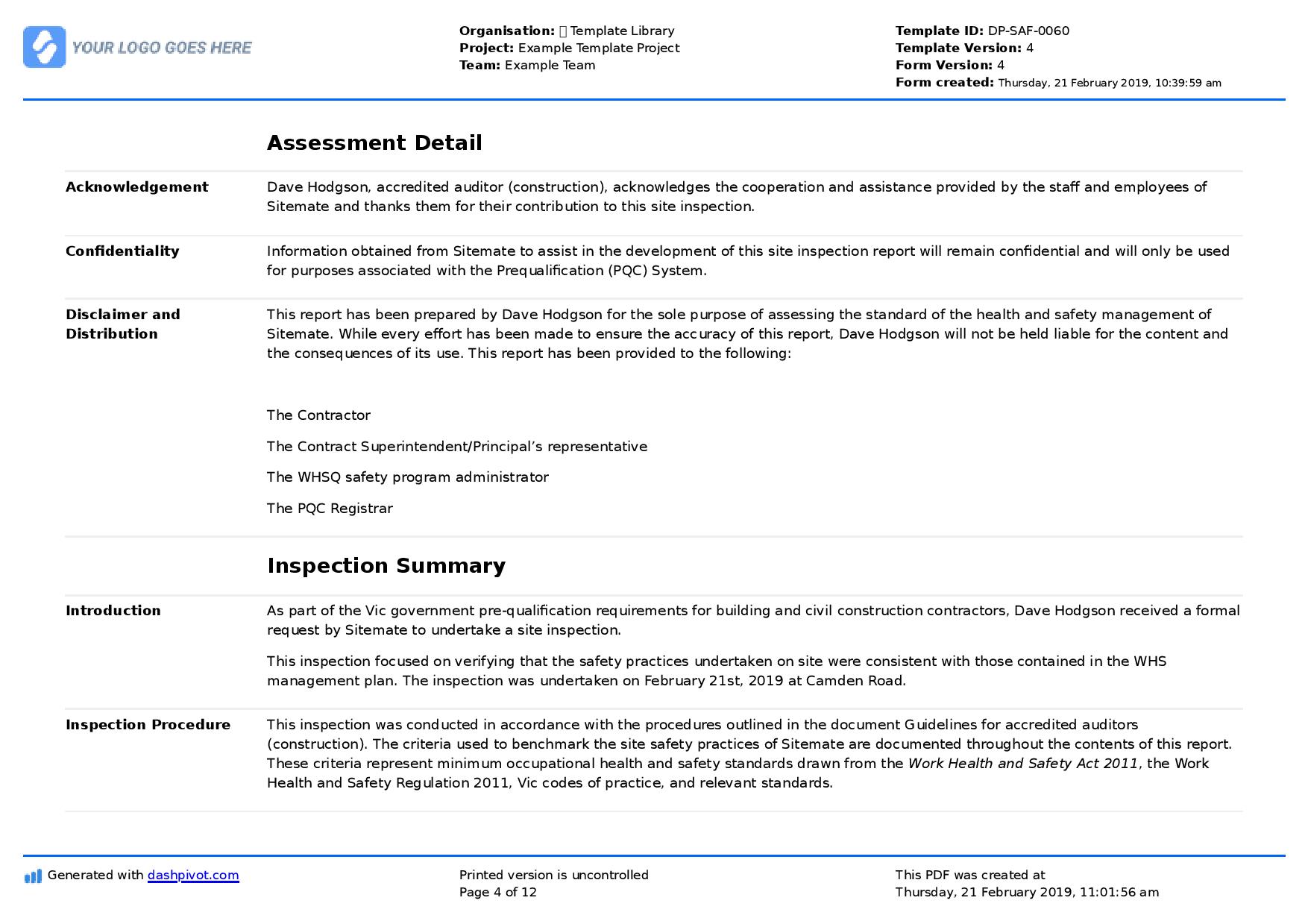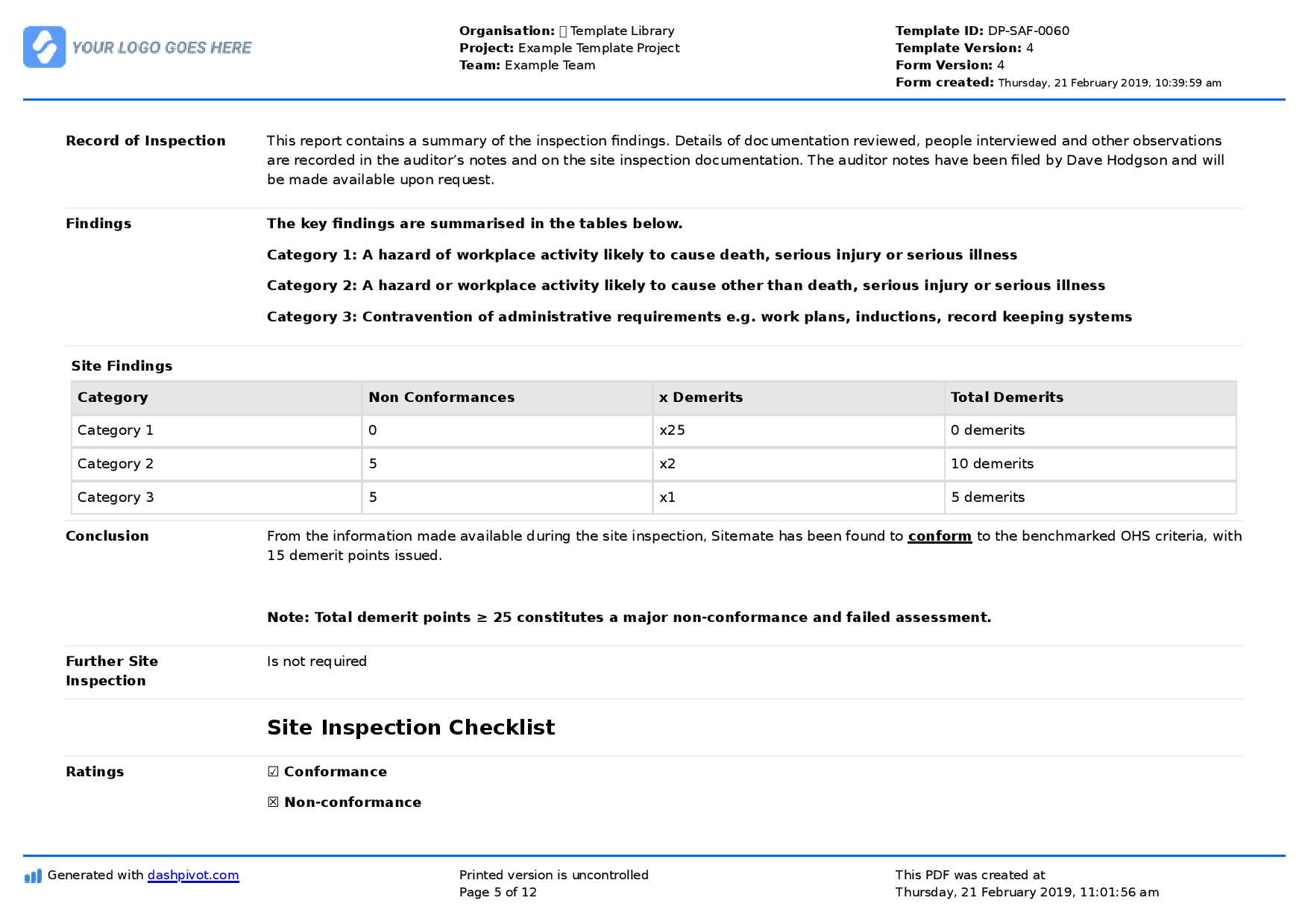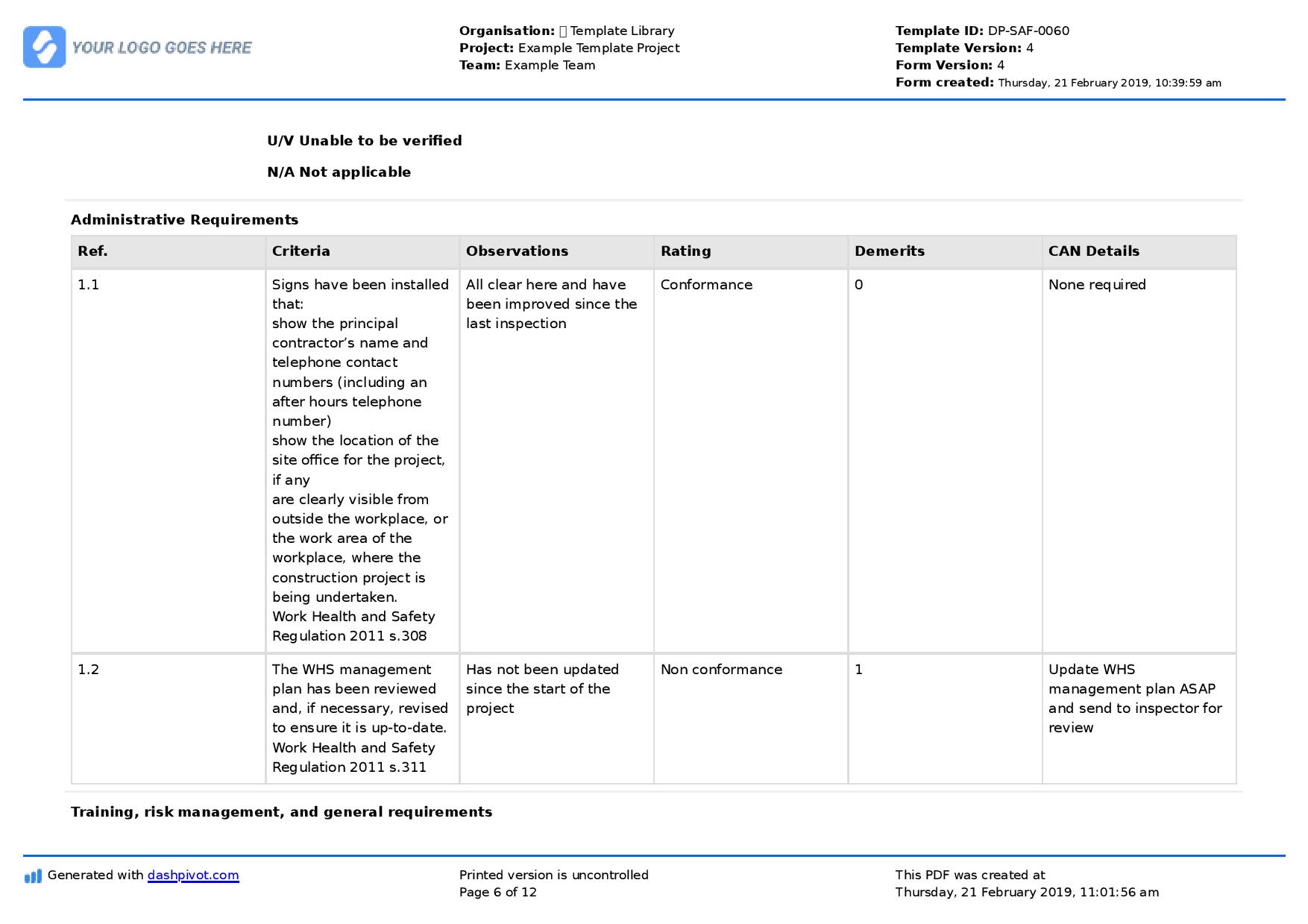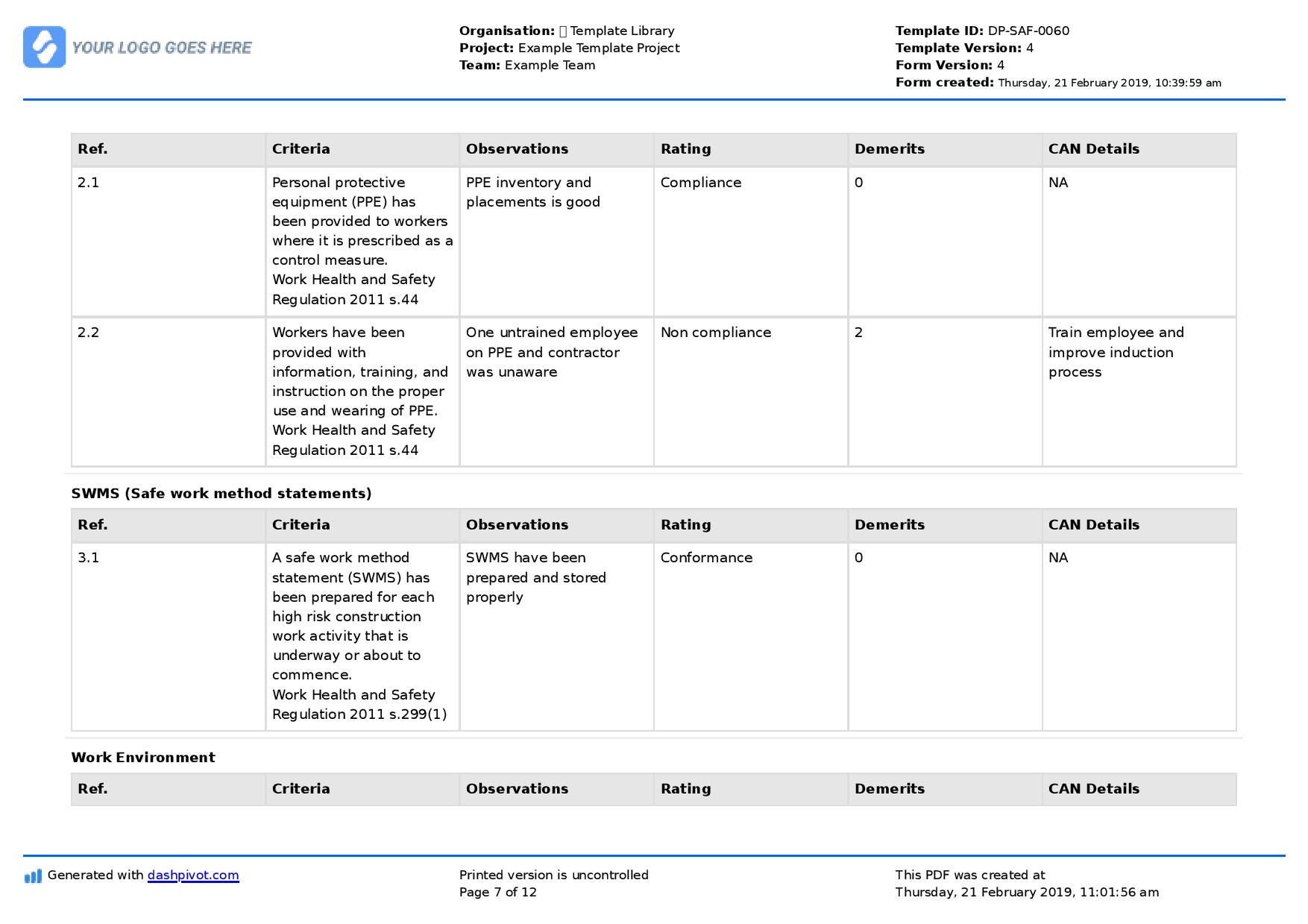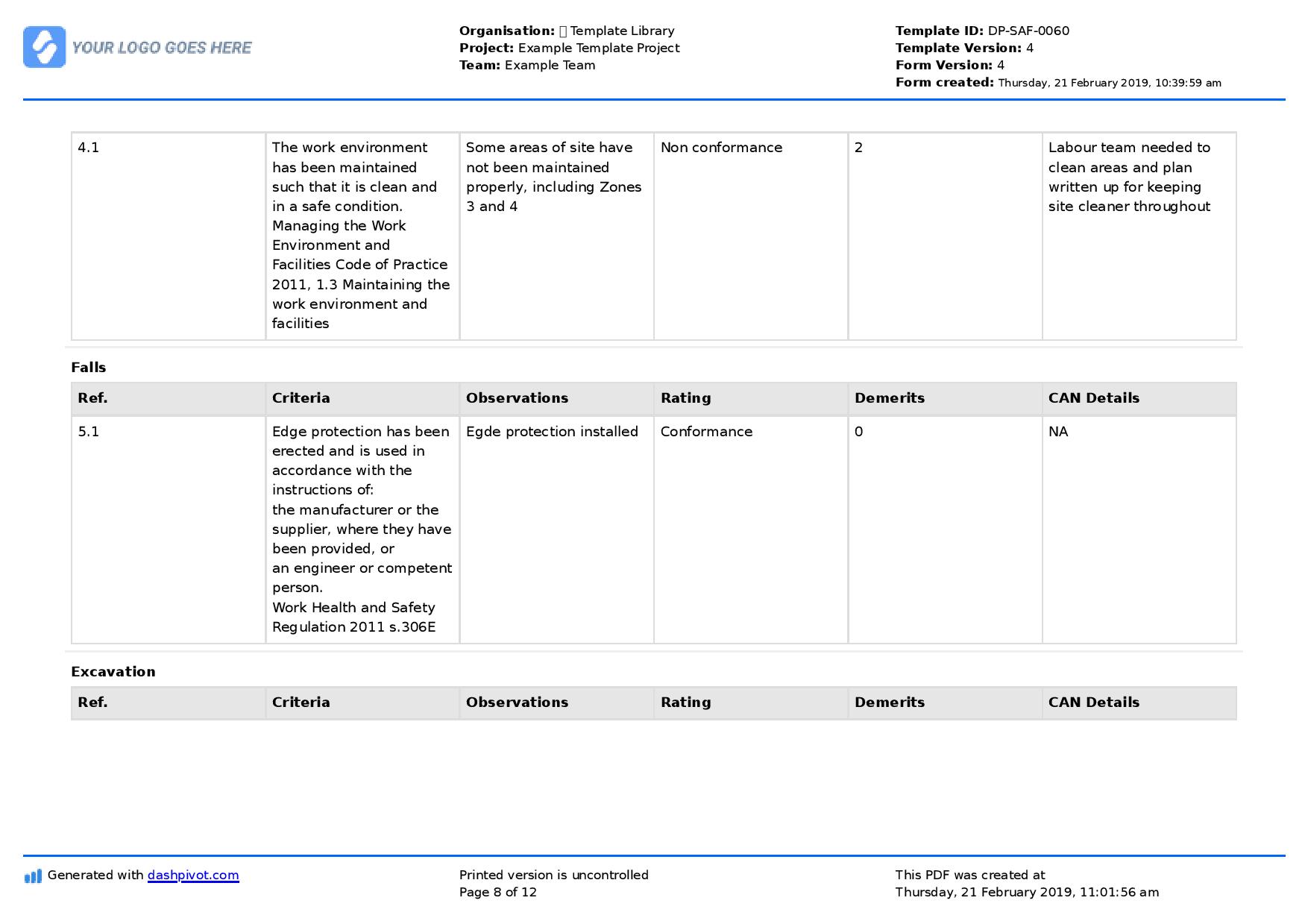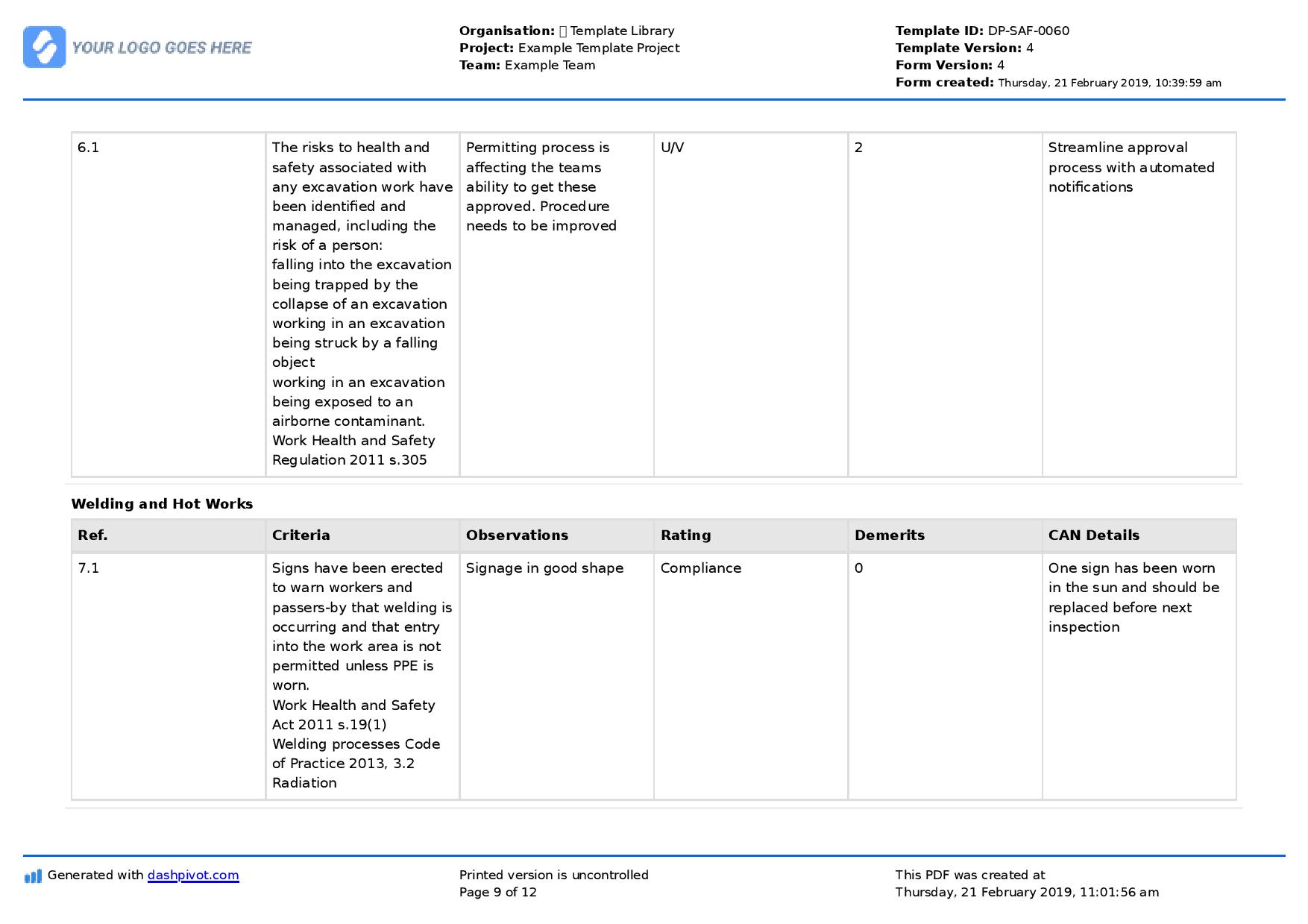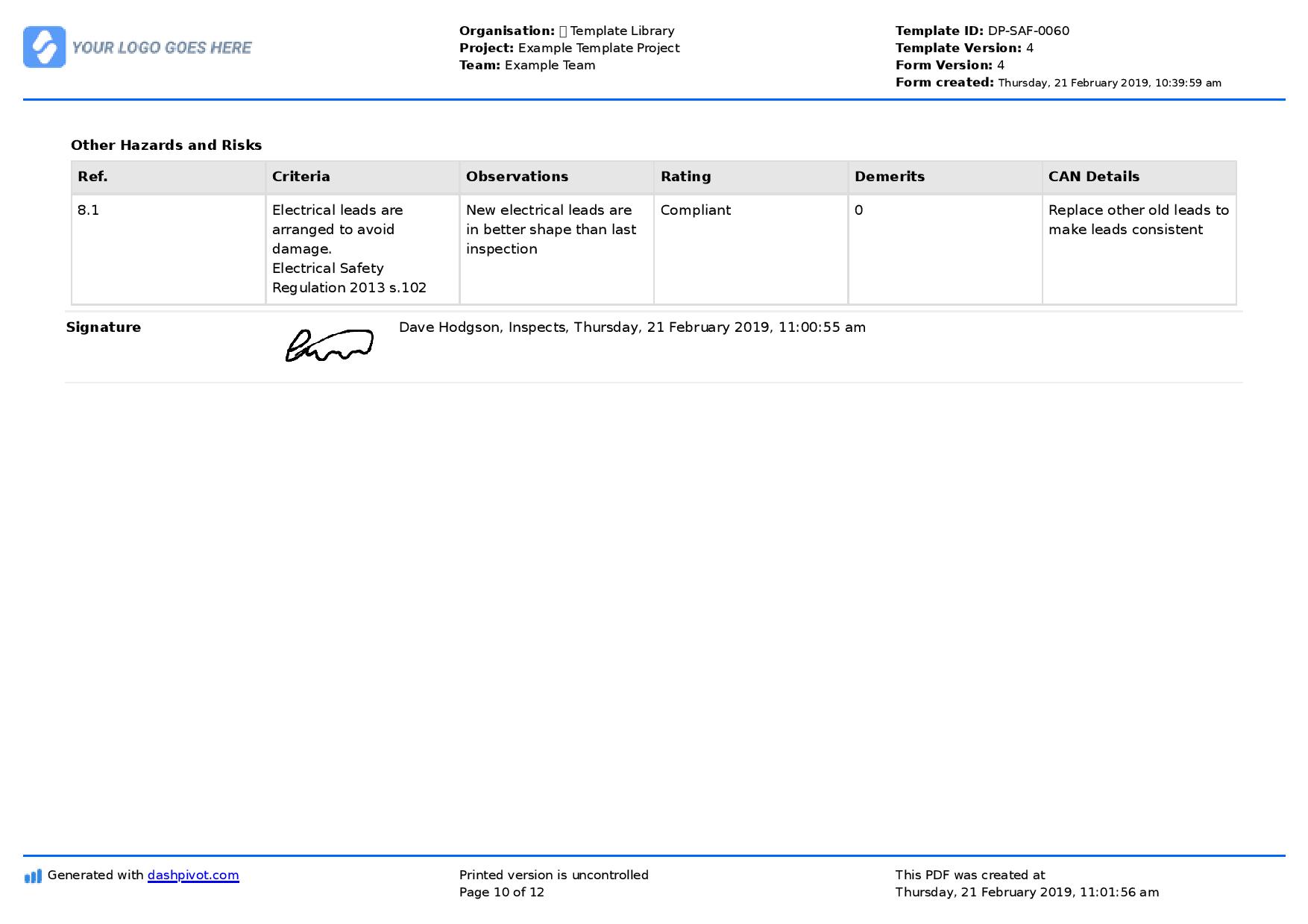Dashpivot article page – Why is it important to keep records of site inspections

Why is it important to keep records of site inspections?
What is a site inspection?
A site inspection is a comprehensive assessment of a construction site to ensure it is meeting certain standards, rules, and guidelines. These standards can be safety regulations, quality standards, or compliance with building plans and designs. The main objective of a site inspection is to identify any potential issues or hazards that could impact the project's progress, cost, or the safety of your team.
Why do you need to do a site inspection?
Performing a site inspection is crucial for several reasons:
- Safety: The primary reason for site inspections is to ensure the safety of workers and the general public. Inspections can identify potential safety hazards like faulty equipment, unstable structures, unsafe practices, or hazardous materials.
- Quality Control: Inspections are important for maintaining the quality of work. They ensure the materials used and the work done meets the project specifications and industry standards. Poor quality work can lead to structural problems, costly repairs, and potential safety hazards down the line.
- Compliance: Regular inspections ensure that a project complies with local building codes, industry regulations, and environmental standards. Non-compliance can result in legal issues, fines, and project delays.
- Risk Mitigation: Inspections can identify issues early, before they become significant problems. This could range from structural issues, cost overruns, project delays, to potential legal troubles.
- Progress Monitoring: Regular inspections provide a realistic view of the project's progress. They ensure that work is being completed on schedule and according to the budget plan.
- Audit Trail: Regular site inspections, along with reports and findings, provide documentation of the project's progress and issues.
What are the key components of a site inspection?
Site inspections can be highly targeted to the type of work being done, but there are generally a few standard requirements for any site inspections:
- Safety Check: Check for potential safety hazards, verifying the use of appropriate safety gear and protocols, and ensuring that emergency procedures are in place.
- Work Quality Assessment: The quality of the work being performed and the materials being used. This can include examining the work done and checking that the work aligns with the project specifications and industry standards.
- Progress Report: Is your project on track according to the contract? Any delays or deviations are noted, and potential remedies are considered.
- Compliance: Are you following building codes, environmental regulations, and safety requirements.
- Documentation: Do you have all the necessary paperwork and documentation, such as permits, safety logs, incident reports, worker certifications, and contract changes.
- Reporting: The report provides a record of the inspection and can be important for a full audit trail.
- Follow-up: If any issues were identified during the inspection, follow-up actions are necessary to address them. This could involve making repairs, adjusting work procedures, retraining workers, or taking other corrective measures.
See an example of a site inspection report below.
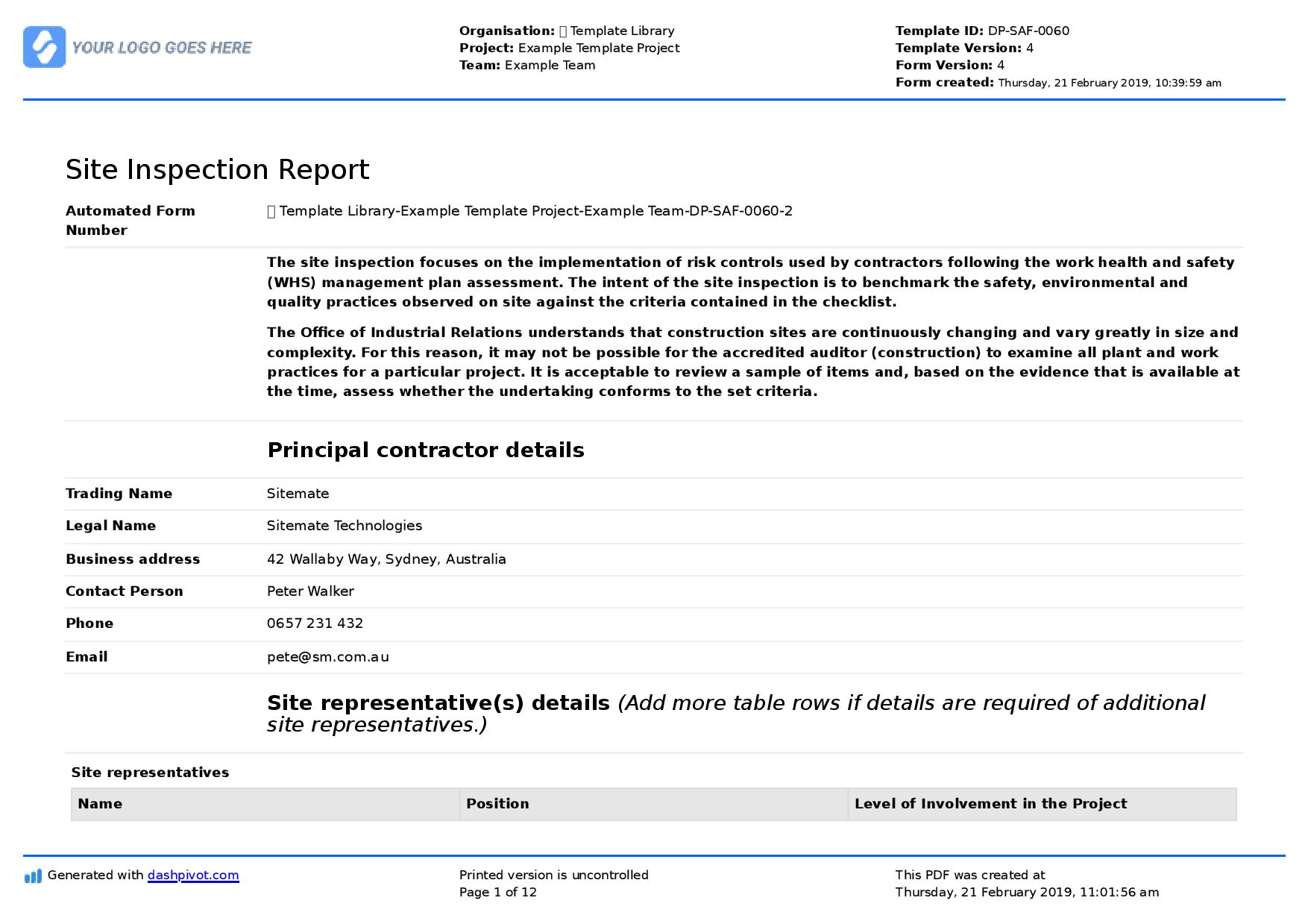
Use the free site inspection template and customise to your needs
Use a digital site inspection template to save time and effort
Site Inspections can be tedious to fill out if you don't have all the required fields handy.
Share a digital template with your team, so the standardised site inspection form has all the fields you need, making it quick and easy to fill out on site, while also minimising time-sapping back and forth, which can also be costly if it causes delays.
You can customise the site inspection template with any fields you need to target your specific project and job site.
What can you do with a site inspection app?
A site inspection app can empower your team and site inspection template to be more powerful and more effective.
You can build automated workflows to ensure completed site inspections are automatically sent for signoff review and approval, so site inspections aren't missed and the required actions are taken.
View a register and timeline view of your site inspections to completely eliminate double handling and have full visibility of your safety documentation.

Site Specific Induction template
Speed up your site induction process to keep people and projects moving forward quickly - and in an organised manner.

Asbestos Management Plan template
Ensure you prepare for, manage and handle asbestos properly throughout your projects.
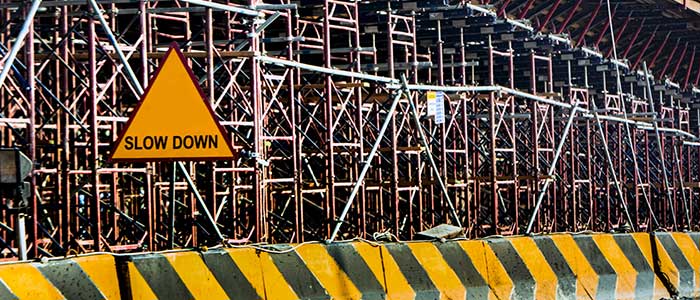
Permit to Work template
Digitise and automate the permit approval process for any safety permit to work with this flexible template.
